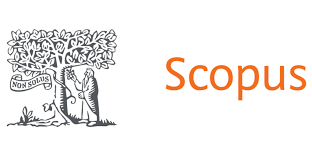ENVIRONMENTAL RISK INDEX OF THE MAIN HERBICIDES USED IN THE STATE OF MATO GROSSO
DOI:
https://doi.org/10.56238/arev6n2-151Keywords:
Risk analysis, Pesticides, ToxicologyAbstract
In view of the concern with the contamination of the environment due to the intensive use of pesticides in Brazilian agriculture, such as in the state of Mato Grosso, it is necessary to analyze the particulERIties that the active ingredients (a.i.) exert on the environment to help reduce their impacts, and the Environmental Risk Index (ERI) is a means of knowing these damages. Thus, the objective of this study was to perform the IRA of the most used herbicides in Mato Grosso for weed control in soybean, corn and cotton crops. The survey was carried out by i.a., based on data from the Institute of Agricultural Defense of Mato Grosso, while the physicochemical characteristics of the herbicides, necessary for the IRA equations, were obtained from three databases (PPDB, PPD and IBAMA). The parameters used for the construction of the IRA were: soil persistence, leaching, volatility, dose and toxicological profile of the herbicides. The survey pointed out 42 herbicides used, but 11 compounds represent 98.2% of the total volume sold, with glyphosate being the first in the ranking with a total mass of 134,138,025 kg a.i. sold in the last three years in Mato Grosso. The result of the IRA of the largest mass traded in descending order was: atrazine, diuron, trifluralin, glyphosate, 2,4-D, clomazone, S-metolachlor, diquat, haloxifop-methyl, clethodim and glufosinate-amonium. The herbicides atrazine, MSMA, diuron, trifluralin and pendimethalin were the a.i. that presented the highest AKI. In general, all herbicides presented medium to very high levels of toxicity, resulting in a worrying factor for ecosystems when they reach non-target organisms.






